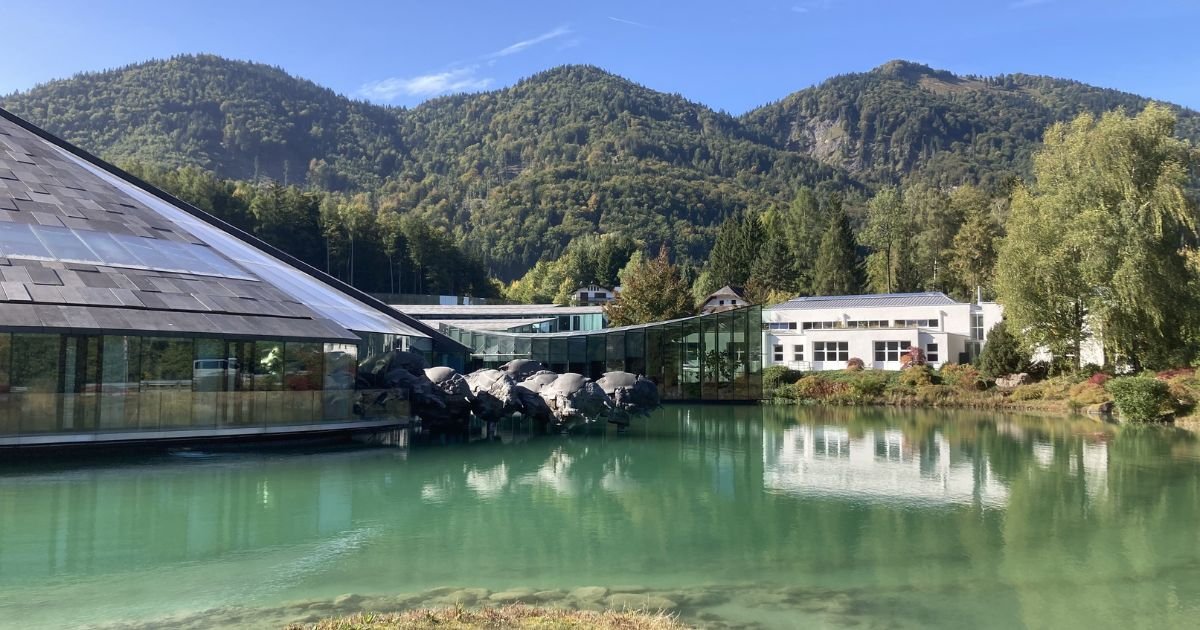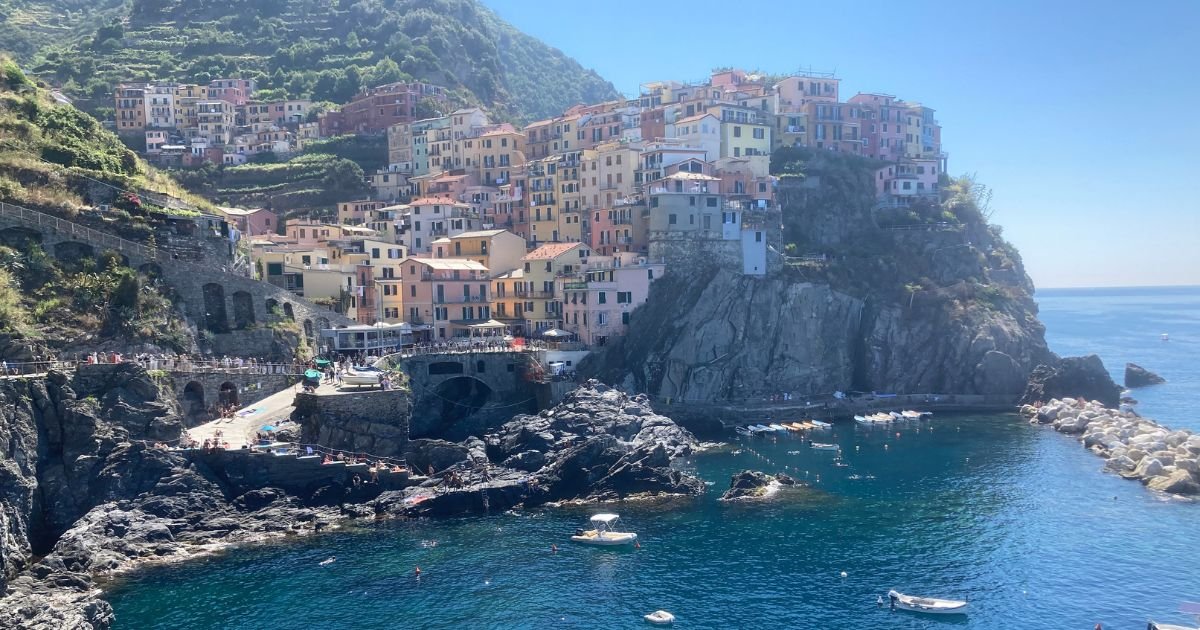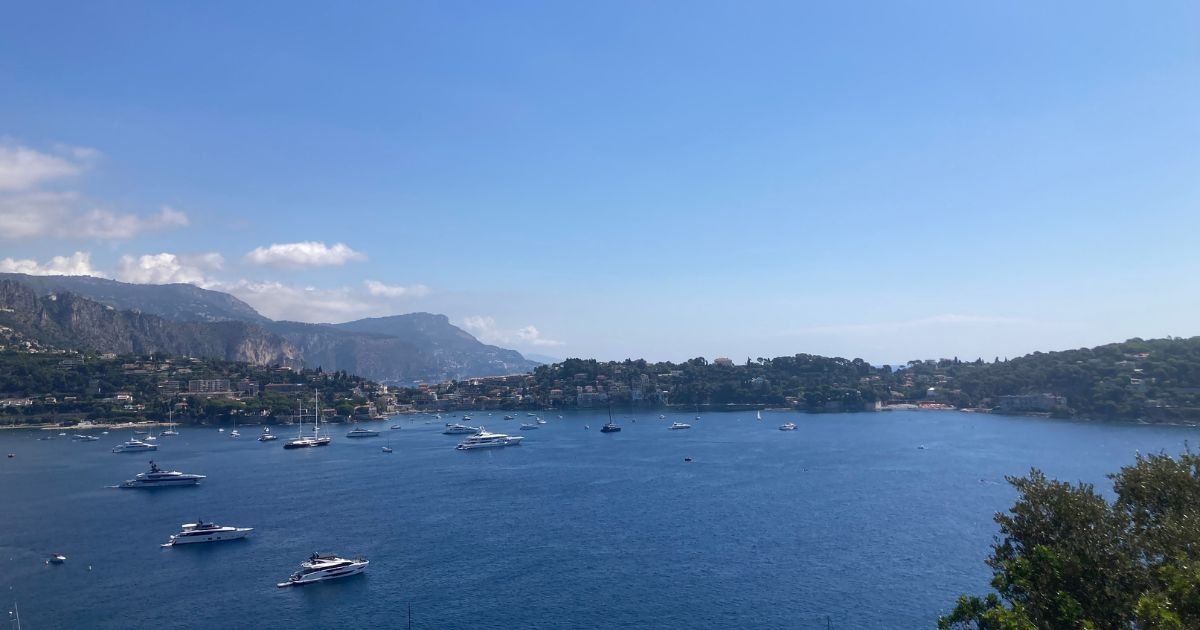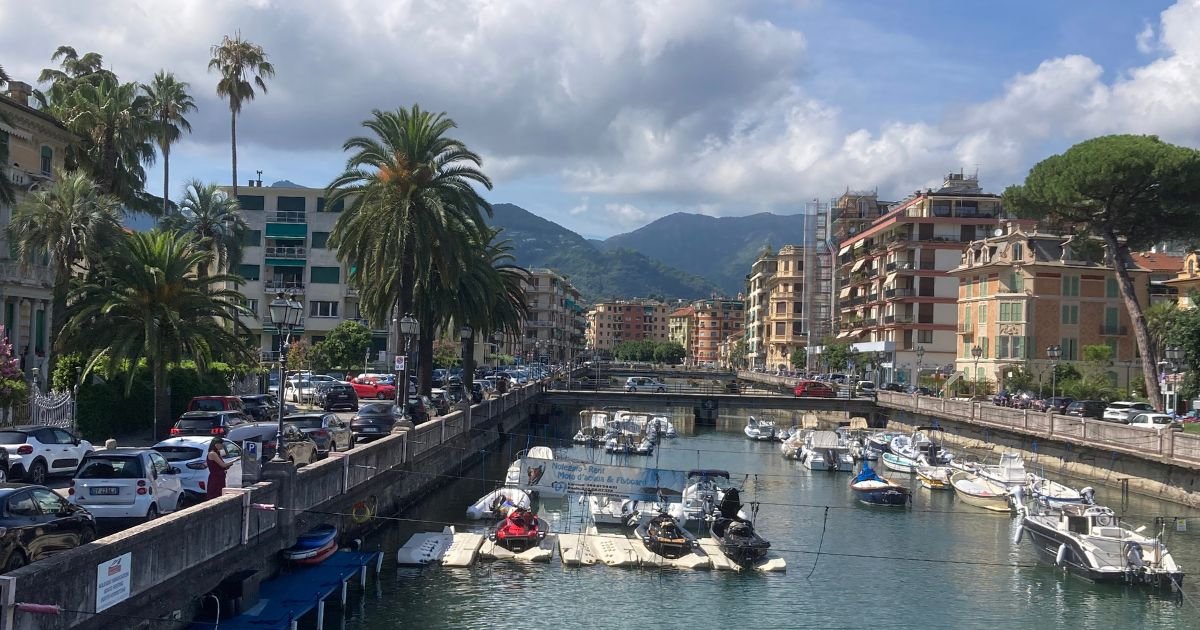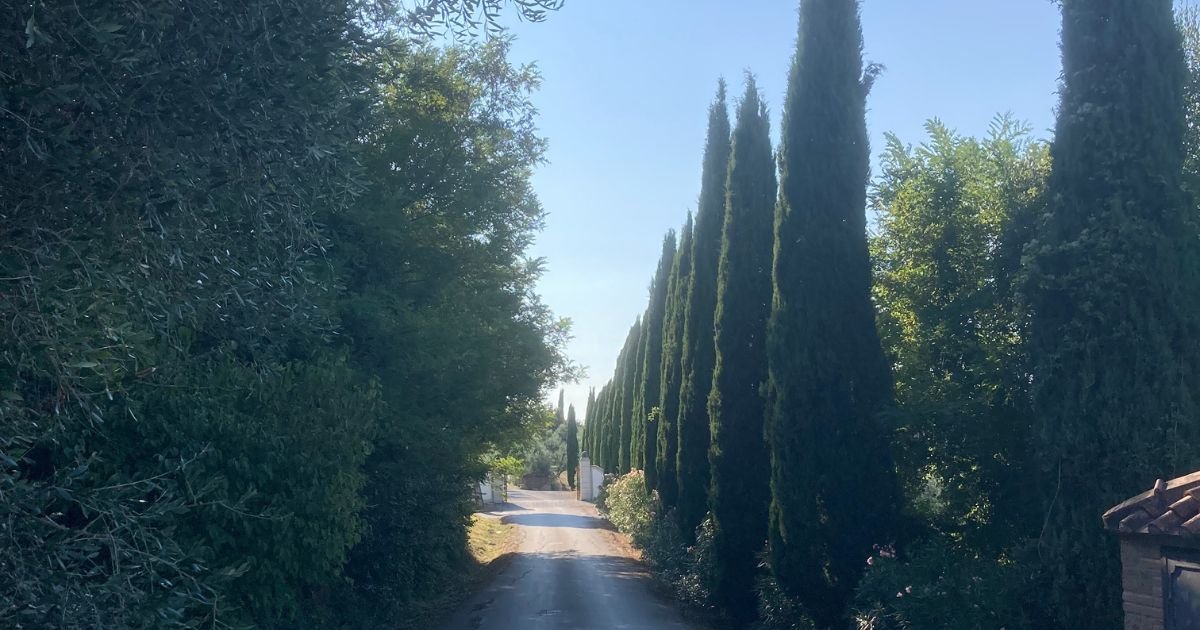Date of travel: Oct 11, 2023
The Salzkammergut region is a UNESCO World Heritage site and a popular destination for outdoor enthusiasts, culture lovers and those seeking relaxation in a beautiful Austrian setting.
The name Salzkammergut literally means salt domain, Kammergut being German word for territories held by the Holy Roman Empire.
This picturesque region stretches from Salzburg eastwards to Dachstein mountain near Hallstatt (an article about this is already published in my website). The region is treasure trove of natural beauty and is home to 70 serene and mesmerising lakes, many scenic villages and some breathtakingly beautiful mountain peaks.
In this article I would like to highlight our memorable journey to few beautiful lakes of this region.
Exploring Salzkammergut:
Fuschlsee:
Our journey began in Salzburg, where we drove 24 km to reach the serene Fuschlsee in 40 minutes. This emerald-green lake spans 2.7 sq km, with a maximum depth of 66 meters. A scenic 12 km walking path surrounds the lake, offering breath taking views of the surrounding mountains and the charming village of Fuschl am See. Although we couldn’t take a boat ride due to long wait times, the area offers opportunities for boating, swimming, kayaking, and paddle boating. Fuschl castle is another attraction of this site.
Next, we visited St. Gilgen, a quaint village on the shores of Lake Wolfgang (Wolfgangsee). Its charming streets, historic buildings, and stunning lake views make it a must-visit destination and it took only 20 minutes to reach here from Fuschl am See.
St. Gilgen is a charming village with plenty to offer. The Zwölferhorn cable car is a major highlight, whisking visitors to the 1,522-meter summit in just 11 minutes. The panoramic views of the surrounding mountains and Lake Wolfgang are simply spectacular. There are very good hiking trails and the ascent can take 2.5 hours to 3 hours depending on hikers’ physical fitness you will be welcome with few refreshment shops on the way.
The mountain is haven for paragliding enthusiasts and a training school is also situated there. Numerous ski resorts welcome winter sports lovers for skiing, snowboarding etc. We strolled through the village and visited the picturesque square Mozartplatz, honouring Mozart’s mother as she was born here. Ironically Mozart could never visit this place.
Wolfgangsee (Lake Wolfgang):
Best way to explore St Gilgen and other charming villages like St Wolfgang or Strobl are by waterways. Lake Wolfgang is a pretty but huge lake spanning 13.5 sq km with a maximum depth of 114 meters and is a major attraction to tourists. and provides transport facilities to the local inhabitants.
Wolfgangsee is separated in two parts by a narrow peninsula opposite St Wolfgang where the western portion of the lake is known as Abersee.
WilfgangseeSchifffahrt ferries offer single way or round trip on this beautiful and serene lake. Ferries stop at seven idyllic towns on its shore thus providing transport facilities to the local and panoramic tours to tourists.
Usually ship operates from middle of April till last week of October and ticket price varies depending on the route and stops.
This was a very pleasurable way to travel for us while we enjoyed its turquoise-blue water, scenic towns and views of the Zwolferhorn and Schaffberg mountains which surround this surreal lake.
St. Wolfgang:
We disembarked at the market town St Wolfgang, nestled on the slopes of striking Schafberg mountain. This town is famous for Schafberg railways and its towering intricately carved historic Pilgrimage Church overlooking the lake.
The town is famous pilgrimage site from Middle Ages and was as famous as Rome.
Schafbergbahn Cog Railway:
Next attraction was Austria’s steepest Cog Railway running from St. Wolfgang up the Schafberg mountain since 1893. This rack railway takes 40 minutes to cover a total distance of 5.85 km, rising 1190 vertical meters. It has two exits, middle station at 1364 meters and mountain station at 1732 meters.
We paid 56 Euro per adult for two way tickets and reached the mountain station where a hotel Schafbergspitze and a 360-degree panoramic view of surroundings including spectacular sights of 11 lakes were awaiting us. Though I could identify only Wolfgangsee, Mondsee and Abersee but the majestic natural beauty was overwhelming.
There is a walking slope from the top station to the hotel and viewing deck which does not have lifts and not wheelchair friendly. The slope may be a challenge for certain people with walking limitations.
Cog railway usually operates between middle of April and end of October, from 10-30 am till 5-30 pm, though timings vary depending on season.
Restaurant was very busy and we had to wait for half an hour for our turn to come but we got excellent burgers, fries and beer and relaxed for two hours in a surreal atmosphere.
Among many other attractions, Salzkammergut region also includes famous Hallstatt and lovely Bluntautal valley which I had visited next day.
How to Reach:
- By Air – From Salzburg airport Fuschl am See is 30 kms away and St Gilgen 45 km away.
- By Train – Nearest station is at Salzburg.
- By Road – Regular bus and taxi services are available from Salzburg and other nearby Austrian cities.
Best way to explore is to hire a car and drive around.
Best Time to Visit:
Middle of April to middle of May and from October till mid Novmber to avoid crowds, From June till September for full summer holidays. December to February for Winter sports.

